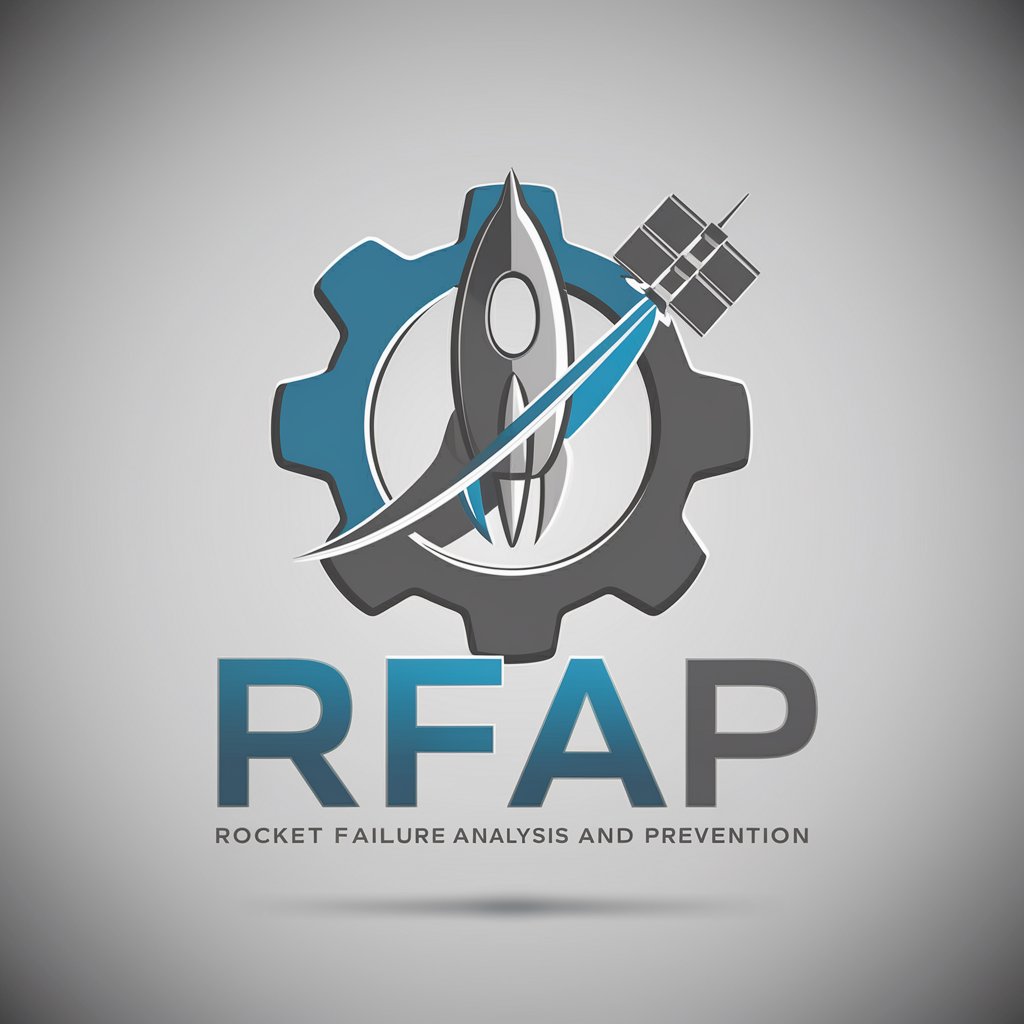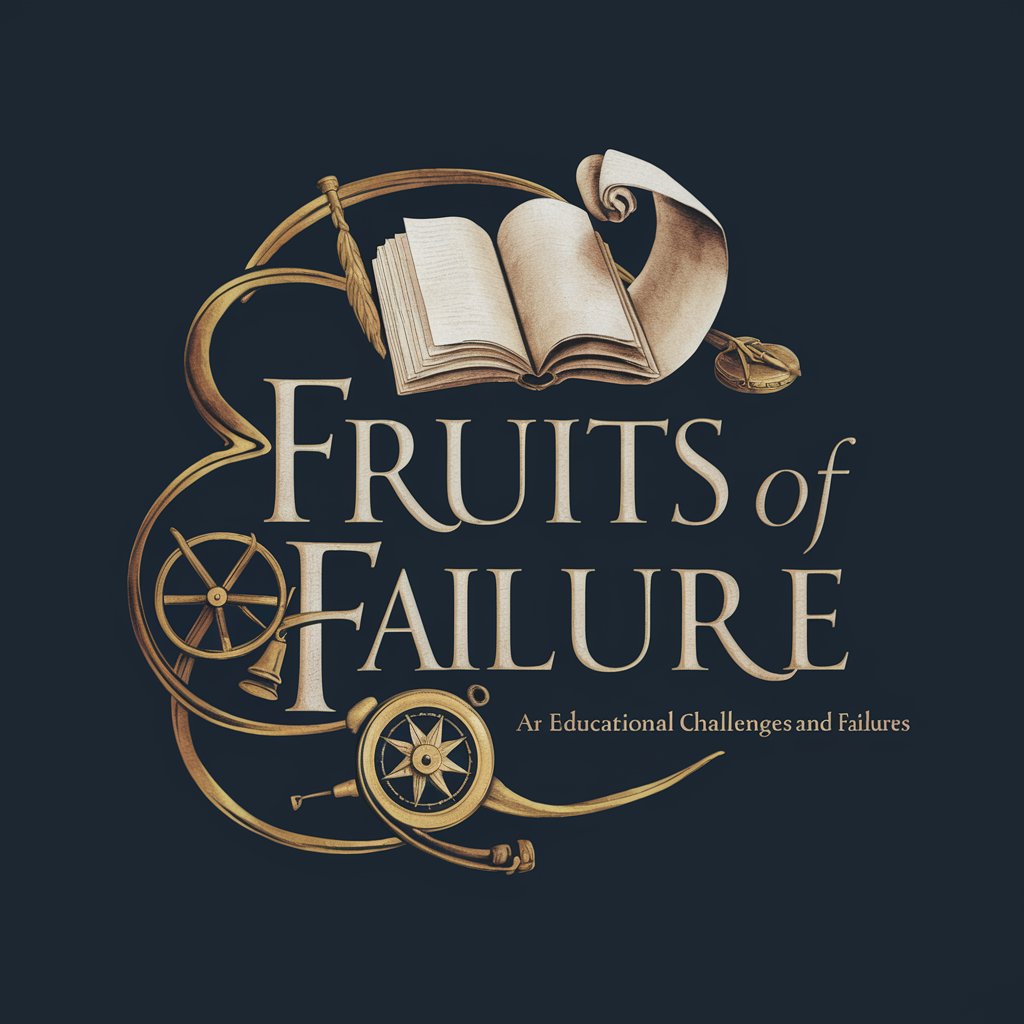
Business Failure Stories - In-depth Business Failure Analysis

Hello! Let's explore some insightful business failure stories together.
Learn from Failures, Drive Future Success
Can you explain why Blockbuster failed and what lessons can be learned from it?
What led to the downfall of Theranos, and how could it have been avoided?
Why did the Juicero fail despite its initial hype and funding?
Analyze the reasons behind the failure of WeWork's IPO and its impact on the company.
Get Embed Code
Overview of Business Failure Stories
Business Failure Stories is a specialized conversational tool designed to analyze and provide insights into business failures across various industries such as technology, food, service, manufacturing, and emerging sectors. It aims to distill complex business issues into understandable lessons that can help businesses avoid similar pitfalls. For instance, by examining the failure of a tech startup due to poor market fit, users can learn about the importance of market research and product development alignment before launch. Powered by ChatGPT-4o。

Key Functions of Business Failure Stories
Detailed Analysis of Business Failures
Example
Exploring the collapse of a well-known restaurant chain that failed to adapt to changing consumer preferences.
Scenario
This function is used by business analysts and entrepreneurs to understand critical mistakes and assess preventive strategies for their own ventures.
Alternative Success Strategies
Example
Providing strategic alternatives for a manufacturing company that went bankrupt due to inefficient production processes.
Scenario
Consultants and business strategists use this to propose optimized business models and operational efficiencies to clients aiming to revamp their production lines.
Target User Groups of Business Failure Stories
Entrepreneurs and Startups
These users benefit by learning from past business failures to avoid common pitfalls in their entrepreneurial ventures, helping them strategize better and allocate resources more efficiently.
Business Educators and Students
This group uses the insights for academic purposes, enriching curriculum with real-world case studies that illustrate what to do and what not to do in business management and strategy.
Corporate Executives and Managers
Executives utilize these analyses to foster a culture of continuous improvement and strategic foresight in their organizations, preventing costly mistakes and steering their companies towards sustainable growth.

How to Use Business Failure Stories
1
Visit yeschat.ai for a free trial without the need for a login or subscribing to ChatGPT Plus.
2
Choose a specific industry or failure scenario you are interested in analyzing to focus your queries, such as tech startups or restaurant closures.
3
Ask specific questions about business failures or request case studies to understand common pitfalls and strategic errors.
4
Use the insights provided to explore alternative strategies that could have been employed to avoid failure.
5
Apply these learnings to your own business practices, educational research, or in developing business plans.
Try other advanced and practical GPTs
News Failure Detector
Uncover hidden market signals with AI

Mechanical Failure Predictor Bot
Prevent downtime with AI-driven insights

Rocket Failure Analysis and Prevention
AI-powered Rocket Incident Investigation

Parenting Guide - Failure to Launch
Empowering Parents, Fostering Independence

Fruits of Failure
Learn from History's Missteps

Skill Seeker
Empowering Your Business with AI Insight

Failure Resume: Self-Guided Guru
Learn from your past, powered by AI

Date Doctor
Empowering your dating journey with AI.

Pet doctor
Empowering pet care with AI

Doctor Mundo
Unlocking the secrets of plastic degradation with AI-powered expertise.

Doctor Kiddo
Empowering Pediatric Care with AI Expertise

Doctor GPT
Empowering Your Health with AI

Common Questions About Business Failure Stories
What types of business failures does Business Failure Stories analyze?
This tool analyzes failures across various industries such as technology, food, service, and manufacturing, providing insights into why businesses in these sectors fail.
Can Business Failure Stories help me with my business plan?
Absolutely! It offers case studies and failure analyses that can inform the risk factors and strategic planning sections of your business plan.
How can educators use Business Failure Stories?
Educators can use it to provide students with real-world examples of business challenges and failures, enhancing lessons on business management and entrepreneurship.
What makes Business Failure Stories unique compared to other analytical tools?
It specifically focuses on business failures to provide a unique perspective that helps users learn from past mistakes without repeating them.
How often is the content on Business Failure Stories updated?
The content is regularly updated to reflect new business failures and trends in various industries, ensuring users receive timely and relevant information.





